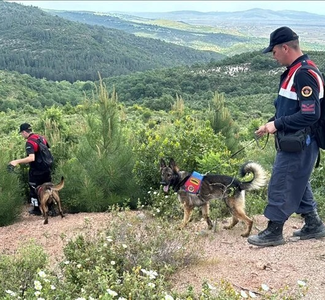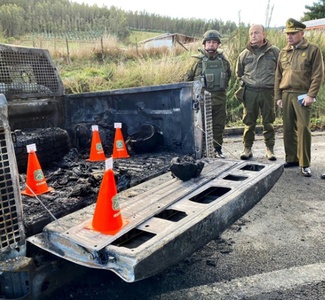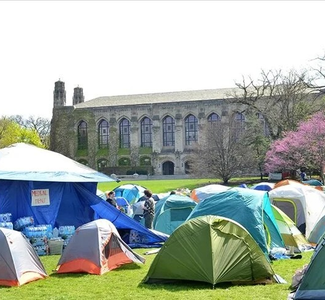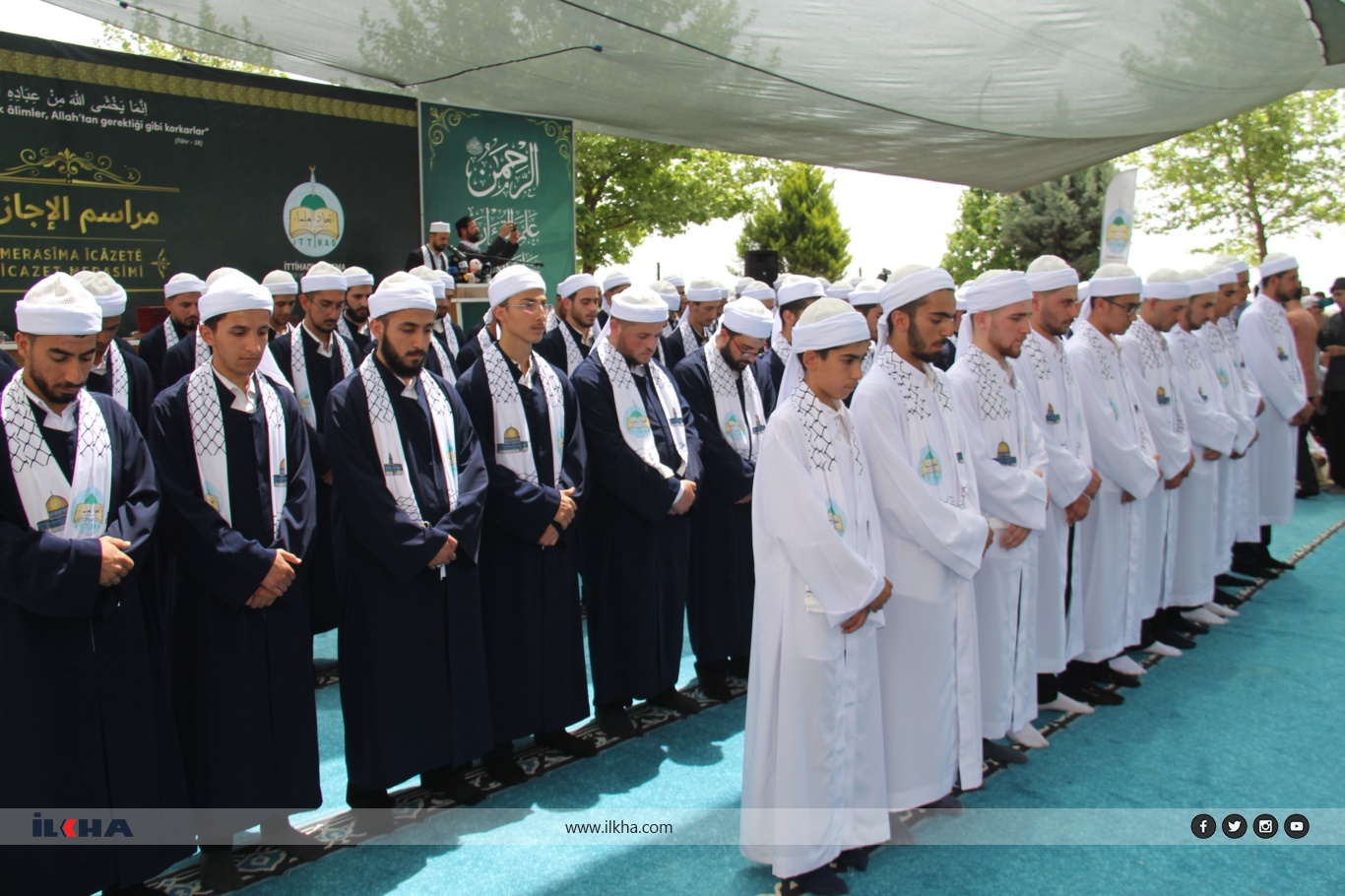UNESCO adds 5 new cultural assets from Turkey to temporary World Heritage List
5 more cultural assets in Turkey have been added to the UNESCO World Heritage Tentative List, rising the number of Turkey’s cultural assets on the list to 83 from 78, the country’s Culture and Tourism Ministry said in a statement.
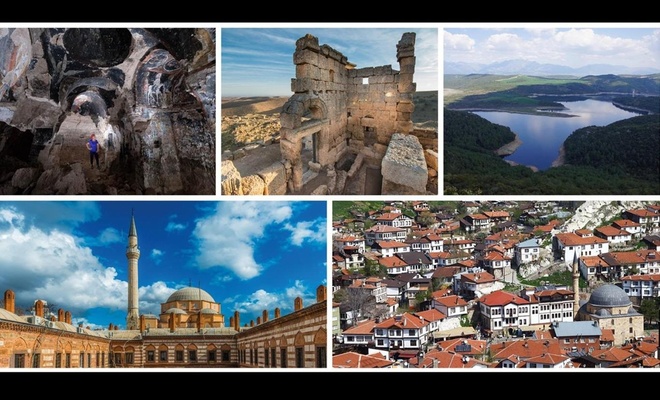
 Google News'te Doğruhaber'e abone olun.
Google News'te Doğruhaber'e abone olun. The cultural assets added to the list were Ankara's Beypazarı Historical City, Karatepe-Aslantaş Archaeological Site in Osmaniye, Izmir Historical Port City, Koramaz Valley in Kayseri, Zerzevan Castle and Mithraeum in Diyarbakır.
Historic Town of Beypazarı
Beypazarı is a district of the capital city, Ankara, and located in Central Anatolia 98 km west of the capital. Beypazarı has been settled since ancient times, and holds symbols of ancient traditions with rich historical and natural resources. Though the district has been ruled by the Hittites, Phrygia, Galatia, Rome, Byzantine, Anatolia Seljuk, and Ottoman dynasties, it was an important trade center on the Silk Road connecting Istanbul and Baghdad during the Seljuk’s time and was also the center of government military during the Ottoman Empire.
The very center of Beypazarı urban fabric is the 200-year-old bazaar, or the market. During the Ottoman era, shopping centers founded in Beypazarı, turned into a large market in which neighboring cities, towns and villages came together. The bazaar was one of the largest in that period. In fact, the name “Beypazarı” is a derivative of the word ‘bazaar’.
The Ottoman bazaars were built in areas where water supply would be easy or water was brought to the bazaar and manufacturing works that needed water were planned on the outer parts of the bazaar. Neighborhood structures are clustered around the bazaar and they were separated from it with complexes such as mosques, Turkish baths, coffeehouses which would form a buffer zone between the bazaar and the neighborhood.
The very characteristics traditional Turkish houses have an exterior, interior and central plan scheme. The residences are generally 3-storey building. The ground floors are made of stone, and the upper floors are made of stone or mud-brick filling system. While the ground floors are different due to their stony floor function, the 1st and 2nd floors are the main living floors which are more carefully and almost identically designed. The residences with exterior sofas consist of a series of rooms with a sofa in front. The stairs are sometimes in the middle of these rooms and sometimes in the sofas. A room facing the garden or the road appears to have climbed to the front. The medium-sized type sofa is surrounded by rooms and service areas and the rooms are located in the corners. Rooms with internal sofas are located on either side of the sofas, but the service areas are sometimes not on this floor. Stairs are in the hall or between rooms.
In addition to its traditional style of housing and the Ottoman architectural patterns, all the characters of Turkish culture are still alive in Beypazarı, craftsmen still carrying out their professions in the bazaars as well as the local cuisines which date back to some 600 years.
Karatepe-Aslantaş Open-Air Museum
Karatepe-Aslantaş Open-Air Museum is an open-air museum in Osmaniye Province, Turkey. Karatepe ("black hill") is the location while Aslantaş ("lion stone") refers to the lion figure on stone sculptures. The site is situated inside a national park with the same name.
Its distance to Kadirli is 22 km (14 mi) and to Osmaniye 30 km (19 mi). It is situated to the west of Aslantaş Dam resorvoir, and is part of the Karatepe-Aslantaş National Park.
Karatepe is on the historic caravan trail, called "Akyol", (white road) which connects Cilicia with Central Anatolia over Andırın-Göksün. The route was used by Hittites, Crusaders and recently by the Yörüks.
The site contains the remains of an ancient fortress dating back to the 8th century BC. Originally named Azatiwadaya, the walled settlement was founded by Azatiwada, the king of Quwê, a Neo-Hittite kingdom. It was built for defense against invaders from the north. The fortification and other territory areas of the kingdom were conquered by the Assyrian Empire from the east either in 720–725 BC term or in 680 BC.
Izmir Historical Port City
Izmir has over 3000 years of recorded urban history and up to 8500 years of history as a human settlement since the Neolithic period. Set in an advantageous location at the head of a gulf in a deep indentation midway along the western Anatolian coast, the city has been one of the principal mercantile cities of the Mediterranean Sea for much of its history. Modern İzmir also incorporates the nearby ancient cities of Ephesus, Pergamon, Sardis and Klazomenai, and centers of international tourism such as Kuşadası, Çeşme, Mordoğan and Foça.
When the Ottomans took over İzmir in the 15th century, they did not inherit compelling historical memories, unlike the two other key points of the trade network, namely Istanbul and Aleppo. The emergence of İzmir as a major international port by the 17th century was largely a result of the attraction it exercised over foreigners, and the city's European orientation.
Koramaz Valley in Kayseri
Koramaz Valley is an earthquake fracture which extends by bending from east to west and has the length of about 12 km. There are seven settlements in the valley, where life still continues today. The large numbers of mansions / pavilions / schools were built in the 19th and 20th centuries are located in the valley.
As you walk through the streets of the settlements in the valley, you will find yourself in a completely different land. Koramaz Valley is home to unique ancient settlements. Various structures, which have been known to be used in the Byzantine period but unknown the aim of use, waits researchers interested in exploring the valley.
The number of rock-carved churches found in the Koramaz Valley up to now are 38, the number of modern churches are 2. Most of the churches which are from Byzantine period and rare churches with unique frescoes wait guests in the valley.
Zerzevan Castle and Mithraeum in Diyarbakır
Zerzevan Castle also known as Samachi Castle, is a ruined Eastern Roman castle, a former important military base, in Diyarbakır Province, southeastern Turkey. Archaeological excavations at the site revealed the existence of underground structures, among them a temple of Mithraism, a mystery religion. The castle was used as a civilian settlement between the 1890s and the 1960s. The site is partly open to tourism.
Zerzevan Castle was built in the 4th century by the Eastern Roman Empire as a military base on the ancient trade route between Diyarbakır and Mardin. It was in use until the 7th century. The castle is situated on the top of a 105–124 m (344–407 ft)-high rocky hill next to Demirölçek village about 13 km (8.1 mi) southeast of Çınar town in Diyarbakır Province on the highway D.950 to Mardin. It is located about 45 km (28 mi) from Diyarbakır.
The first archaeological excavations took place in the summer months of 2014. The works were initially carried out by a team of 35 led by an archaeologist from Dicle University, under the supervision of the Diyarbakır Archaeological Museum. In 2015, the size of the team working at the site increased to 60. It is expected that excavation works will continue for around 30 more years. (ILKHA)
































